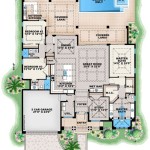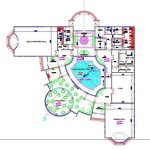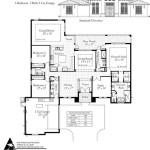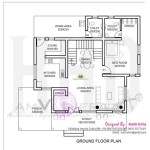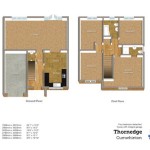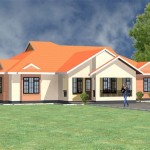Essential Aspects of House Builders Plans: A Comprehensive Guide
Building a new home is an exciting and complex process, and having a well-designed house builders plan is essential to ensure a successful project. A house builders plan outlines the design, materials, and construction methods to be used in the construction of your home. By carefully considering the following essential aspects, you can create a comprehensive plan that will guide your project to a successful completion.
1. Design and Layout
The design and layout of your home are the foundation of your house builders plan. Consider the following elements when designing your home:
- Number of bedrooms and bathrooms: Determine how many rooms you need to accommodate your family and guests.
- Size and layout of rooms: Consider the size and shape of the rooms you need, as well as the flow and connectivity between them.
- Style: Choose a style that suits your taste and the surrounding area.
- Exterior features: Consider the materials, colors, and architectural details of the exterior of your home.
2. Building Materials
The choice of building materials will significantly impact the cost, durability, and energy efficiency of your home. Consider the following factors when selecting materials:
- Foundation: Concrete, block, or pier and beam foundations are common options.
- Framing: Wood, steel, or concrete framing can be used for the structure of your home.
- Exterior walls: Brick, stone, siding, or stucco are popular choices for exterior wall materials.
- Roofing: Asphalt shingles, metal roofing, or tile are common roofing materials.
3. Construction Methods
The construction methods used will determine the efficiency and quality of your home's construction. Discuss the following methods with your builder:
- Framing techniques: Stick-built, platform framing, or panelized framing are common framing methods.
- Insulation: Batt insulation, spray foam insulation, or cellulose insulation can be used to insulate your home.
- Electrical and plumbing systems: The design and installation of electrical and plumbing systems are crucial for the safety and functionality of your home.
- Heating and cooling systems: Choose energy-efficient heating and cooling systems to reduce utility costs and improve comfort.
4. Site Conditions
The conditions of the building site will influence the design and construction of your home. Consider the following factors:
- Slope and drainage: The slope and drainage of the site will impact the foundation and drainage system of your home.
- Soil conditions: The type of soil on your site will affect the design of the foundation and drainage system.
- Utilities: Ensure that utilities such as electricity, water, and sewer are available and accessible on the site.
- Environmental considerations: Consider the impact of your home on the environment and incorporate sustainable features into your design.
5. Permits and Inspections
Building permits and inspections are required to ensure that your home meets building codes and safety standards. Work closely with your builder to obtain the necessary permits and schedule inspections.
- Building permit: This permit authorizes the construction of your home.
- Electrical and plumbing inspections: These inspections ensure that the electrical and plumbing systems are installed correctly and safely.
- Final inspection: This inspection verifies that your home is complete and meets building codes.
6. Cost and Budget
Determining the cost of your home and creating a budget is essential to avoid overspending. Consider the following factors:
- Material costs: The materials used will significantly impact the cost of your home.
- Labor costs: The cost of labor will vary depending on the region and availability of skilled workers.
- Permit and inspection fees: These fees can add to the overall cost of your project.
- Contingency fund: Allow for unexpected expenses or changes during the construction process.
7. Timeline and Schedule
Establishing a realistic timeline and schedule will help you stay on track and avoid delays. Consider the following factors:
- Design and planning: This stage can take several months.
- Permitting and approvals: Obtaining permits and inspections can take time, especially in larger cities.
- Construction: The construction process can take several months or longer, depending on the size and complexity of your home.
- Finishing and move-in: Allow time for finishing touches and moving in.

10 Simple Floor Plans For House Builders Blog Eplans Com

Easy To Build Houses And Floor Plans Houseplans Blog Com

Can Home Builders Build Floor Plans From Other Hedgefield Homes

Low Budget Simple House Design Plans For Builders Blog Builderhouseplans Com

House Plans Blueprints And Garage For Home Builders At Builder

10 Simple Floor Plans For House Builders Blog Eplans Com

Floor Plans Library Sarasota Home Builders Contractors New Construction Remodeling

Home Construction Plans Currahee Builders

Basso Builders Standard House Plans Sortable

Floorplan Detail Grand Homes New Home Builder In Dallas And Ft Worth Floor Plans House


